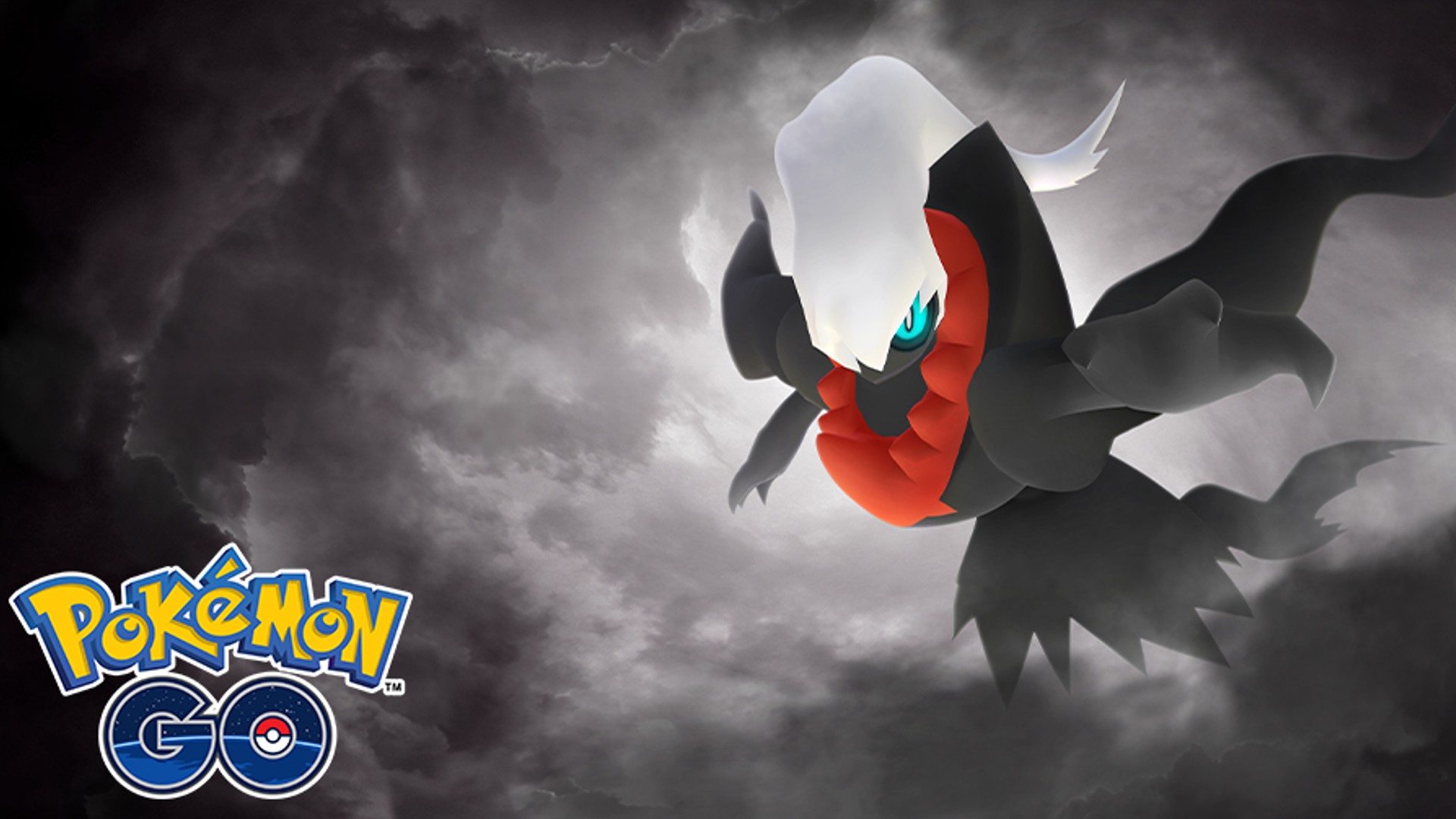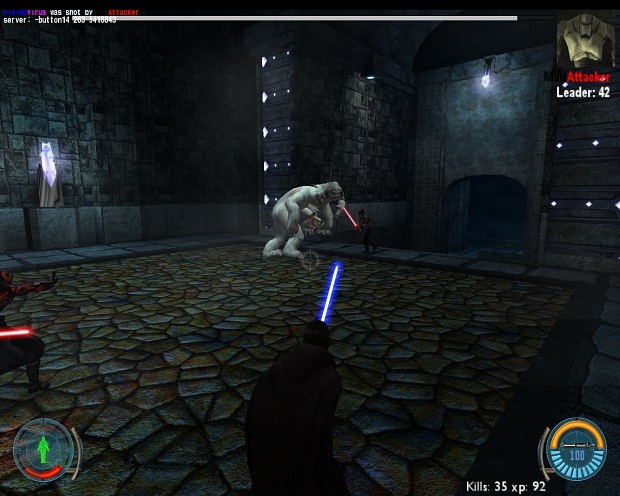

They also provided a reference for where the special effect teams needed to place the animated blades.

But to understand how the sequel trilogy - The Force Awakens, The Last Jedi, and The Rise of Skywalker - got lightsabers so right, we first need to take a trip down memory lane to look at cinematic lightsaber tech of ages past.īut thanks to advances in special effects, post-production techniques were used to add the entirety of the lightsaber effect, with the prop blades serving to help accurately choreograph the fights on set.

There’s a subtle wrongness that permeates the sabers in both the original trilogy and the prequel Star Wars films that makes them always feel a step removed from the actual events on-screen, thanks to that isolated aspect. And that has to do with a subtle change that finally gave the weapons their namesake quality by actually casting light. They’re powerful weapons and tools, and we’re told time and again throughout the films how important they are - each weapon marks the personal style of its Jedi wielder - and how critical it is that each warrior never lose theirs.īut it wasn’t until the modern sequel Star Wars movies that the lightsaber really came into its own on film. The Star Wars saga is full of iconic imagery, characters, weapons, and spaceships, but perhaps none more so than the lightsaber.


 0 kommentar(er)
0 kommentar(er)
